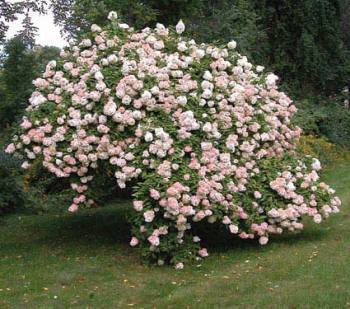 A young friend recently asked, while on a lovely July walk, how plants got the energy to grow. It is high school bio, but I forgot some of it. I recalled the rough outlines of the Calvin Cycle, then began wondering whether plants had mitochondria because they use solar energy. Well, plant cells are eukaryotes just as are animals, so of course they have mitochondria.
A young friend recently asked, while on a lovely July walk, how plants got the energy to grow. It is high school bio, but I forgot some of it. I recalled the rough outlines of the Calvin Cycle, then began wondering whether plants had mitochondria because they use solar energy. Well, plant cells are eukaryotes just as are animals, so of course they have mitochondria.
The mitochondria of plant cells are somewhat different and are more variable than those of animal cells (meaning everything from the paramecium to humans). But why do plants need mitochondria at all?
For photosynthesis, they don't need mitochondria much. Light waves provide the energy to split water into the Hs and the O, and to attach those Hs to ADP onto ATP - the main energy source of most living things. Thus oxygen is produced by plants from water.
The second step of photosynthesis is to use the ATP to produce glucose (sugar) from CO2. Technically, triose phosphates are produced, which the cell combines to construct glucose. Simple sugar is the main building block for plant structure (eg cellulose, etc).
That whole thing is called the Calvin Cycle and it is one fancy mini-machine.
However, for night functioning and for extra needs, plants can also burn sugar (that's called respiration) just as animal cells do. Mitochondria do that job. In the respiration of plants and animals, glucose is metabolized to CO2 and water to produce ATP - the energy for cell life and growth. Thus plants are CO2 emitters and oxygen emitters.
Animal life requires plants, but not vice versa. Only plants can produce glucose which is the building block for many things including carbs.
I will not get into the topic of how plants and animals construct proteins now. It is all a miracle.


 A young friend recently asked, while on a lovely July walk, how plants got the energy to grow. It is high school bio, but I forgot some of it. I recalled the rough outlines of the Calvin Cycle, then began wondering whether plants had mitochondria because they use solar energy. Well, plant cells are eukaryotes just as are animals, so of course they have mitochondria.
A young friend recently asked, while on a lovely July walk, how plants got the energy to grow. It is high school bio, but I forgot some of it. I recalled the rough outlines of the Calvin Cycle, then began wondering whether plants had mitochondria because they use solar energy. Well, plant cells are eukaryotes just as are animals, so of course they have mitochondria.